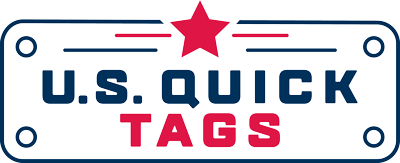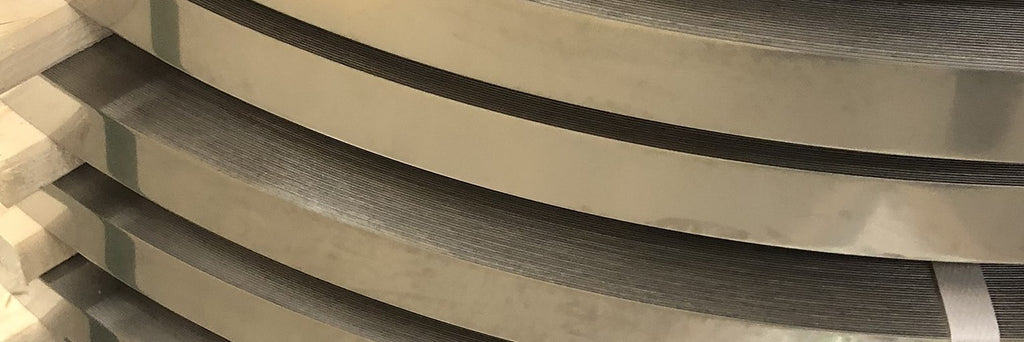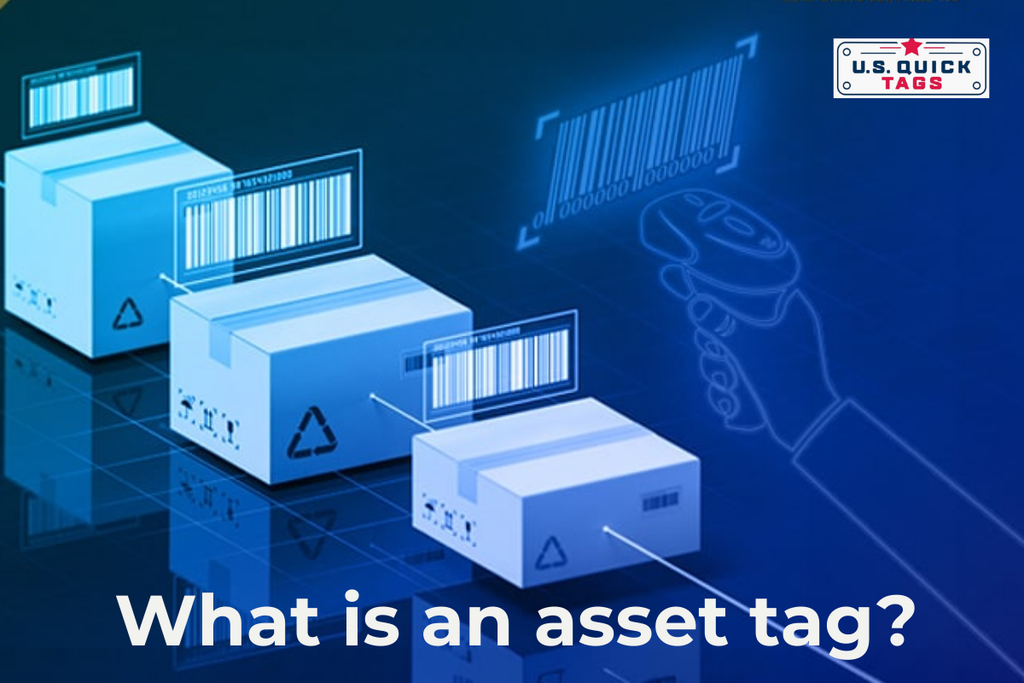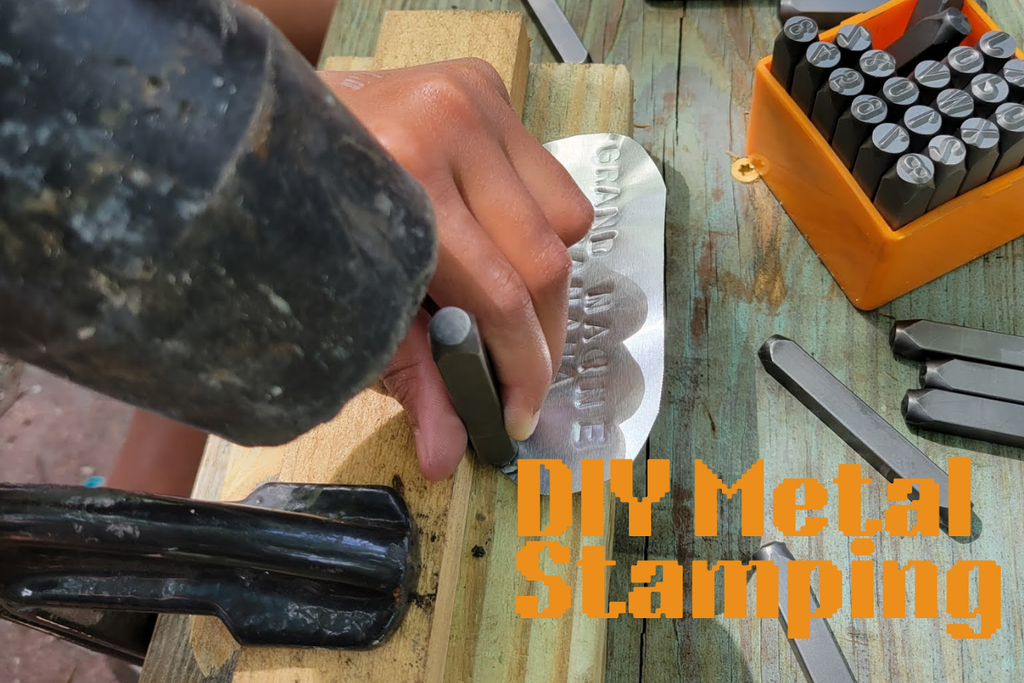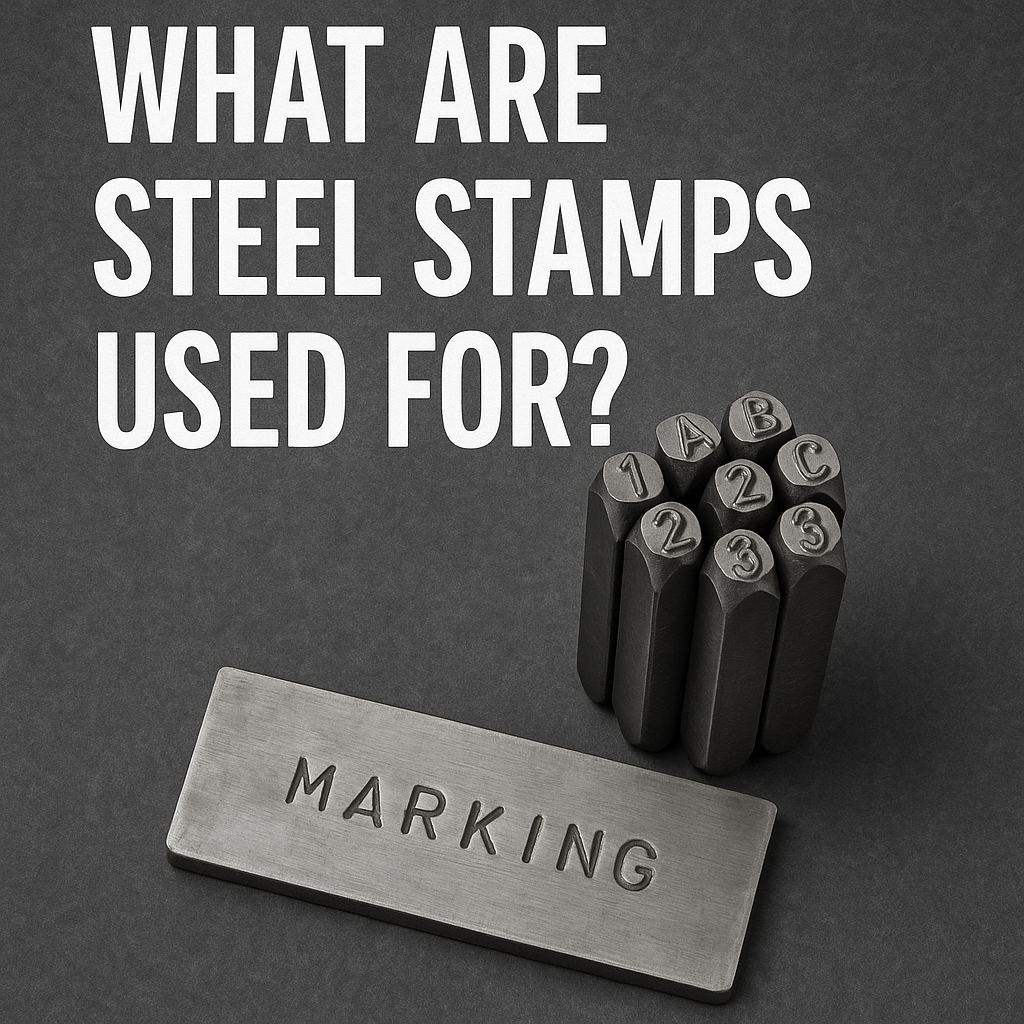Blank Tag Durability: Why is Longevity Important?
- USQuickBlogs
- 10 Mar, 2020
Durability is one of the main factors to consider when utilizing metal identification tags of any type
If your identification nameplates are exposed to tough industrial environments, but the design wears away, they are no longer useful.
For example, if you mark a machine with a serial number, but that number wears to the point it is no longer legible, what’s the point of having the tag?
Selecting a tag durable enough for your application is crucial.
What Impacts Durability?
Materials & Marking Processes
When it comes to blank tags, the two main factors impacting durability are material and marking process.
Materials
Selecting the right material for your identification tag is crucial in ensuring it meets your longevity requirements.
Knowing the environment the nameplate will be used in is half of the battle. This information can help you determine what properties your tag will need.
For example, an environment with heavy exposure to water should opt for a material which is highly resistant to corrosion.
Stainless Steel
Stainless steel is the standard for a high durability material. The substrate is used for a wide range of industrial applications.
The material is highly resistant to corrosion, as well as wear and tear. Stainless is suitable for nearly any usage requiring the highest level of longevity.
Aluminum
While stainless steel is synonymous with durability, aluminum is no slouch in the toughness department. Aluminum material is used in everything from military equipment to aircraft parts for a reason: it’s durable.
Aluminum material is also very lightweight, providing a solid balance between durability and usability.
The anodization process gives aluminum greater resistance to corrosion. In addition, this process offers the ability for the material to be adorned with a solid color.
Brass
Brass is a commonly used substrate with unique properties that give it some notable characteristics. Similarly to the other metal materials, brass is also very durable, but considered a softer metal than comparable materials.
This substrate is resistant to corrosion, and often used in plumbing and electrical applications.
Brass is also considered non-ferrous. Simply put, this means it will not generate a spark. The mining industry almost exclusively uses brass for this reason.
In addition, it features a rustic tarnished look over time. This can be seen as a benefit or detriment depending on the application.
Marking Processes
Embossing
Embossing uses a male/female die set to create a raised design in the metal material. This mark is incredibly long lasting, and will withstand significant wear.
Variable data embossing machines allow for automated marking of a stack of blank metal tags, saving not only time, but money as well.
Stamping
Stamping creates an indented design which is also extremely durable. There are a variety of stamping methods, all which provide the same type of marking.
The simplest method is hand stamping, which involves manually striking each character or number into the blank tag at a time. There are also type set holders which help align multiple stamps at once. This allows for a more uniform mark in the metal.
There are also stamping presses which can rotate to allow for various character marks.
Stamped designs create a very long-lasting impression in the material. The indentation will survive just about as long as the metal itself does.
Etching/Engraving
The etching process creates a slight indentation in the tag. In-house marking will typically utilize a laser etching machine, as opposed to a chemical etching preferred by manufacturers.
The etched design will last for several years under average conditions.
In comparison, engraving creates a much deeper indentation in the tag. This marking is also very durable, lasting upwards of several years.
Engraved markings can be made with handheld or machine based tools.
Wrap-Up
Blank tags provide a durable method for identifying and marking equipment, tools, and other organizational assets. Variances in durability come down to material as well as marking processes.
Selecting the right tag material and process can make the difference between a successful marking application and a failed one.
